ACP - pH dependence of brown-carbon optical properties in cloud water
Por um escritor misterioso
Last updated 07 novembro 2024
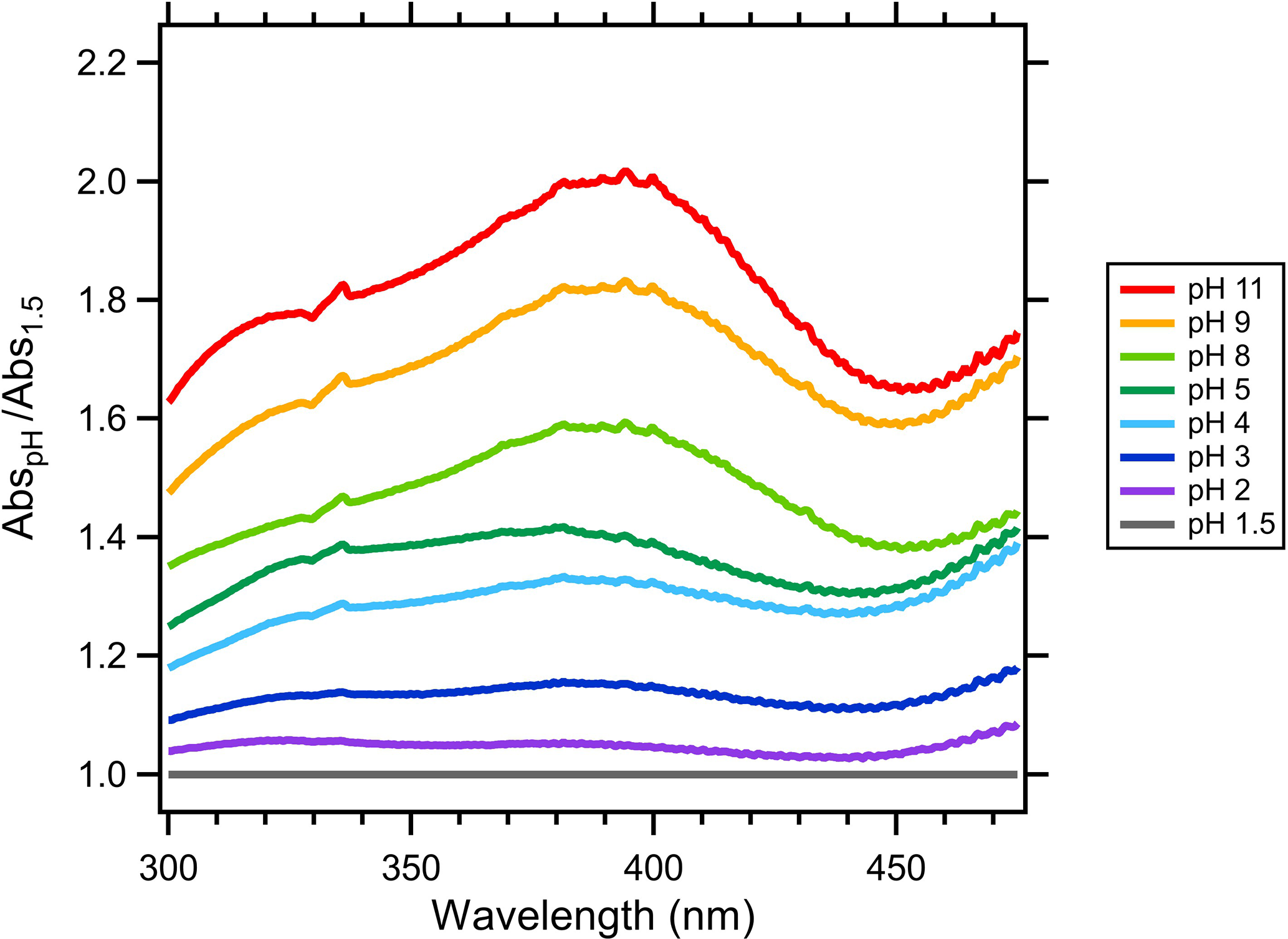
Abstract. Light-absorbing organic species present in aerosols, collectively called brown carbon (BrC), have important but highly uncertain effects on climate. Clouds likely represent a significant medium for secondary BrC production and for bleaching reactions, though the relative importance of the formation and loss processes in clouds is unknown at present. The acidity (or pH) of atmospheric particles and clouds affects the optical properties of BrC and bleaching rates. Given the wide variability of pH in the atmosphere (pH in particles and clouds ranges from −1 to 8), the optical properties of BrC and its bleaching behavior are expected to vary significantly, and the link between pH and BrC is yet another uncertainty in attempts to constrain its climate forcing effects. In this work, we characterize the pH dependence of BrC optical properties – including light absorption at 365 nm (Abs365), the mass absorption coefficient (MAC365), and the absorption Ångström exponent (AAE) – in bulk cloud water sampled from the summit of Whiteface Mountain, NY. In all samples (n=17), Abs365 and MAC365 increased linearly with increasing pH, highlighting the importance of reporting pH in studies of BrC in aqueous media. There was strong variability in the sensitivity of Abs365 to pH, with normalized slopes that ranged from 5.1 % to 17.2 % per pH unit. The normalized slope decreased strongly with increasing cloud water [K+], suggesting that the non-biomass-burning BrC has optical properties that are more sensitive to pH than BrC associated with biomass burning. AAE also showed a distinct pH dependence as it was relatively flat between pH 1.5–5 and then decreased significantly above pH 5. The cloud water composition was used to inform thermodynamic predictions of aerosol pH upwind and/or downwind of Whiteface Mountain and the subsequent changes in BrC optical properties. Overall, these results show that, in addition to secondary BrC production, photobleaching, and the altitudinal distribution, the climate forcing of BrC is quite strongly affected by its pH-dependent absorption.

PDF) pH dependence of brown-carbon optical properties in cloud water
ACP - pH dependence of brown-carbon optical properties in cloud water

Molecular compositions and optical properties of water-soluble brown carbon during the autumn and winter in Guangzhou, China - ScienceDirect

PDF) Light absorbing organic aerosols (brown carbon) over the tropical Indian Ocean: Impact of biomass burning emissions

Molecular Composition and the Optical Properties of Brown Carbon Generated by the Ethane Flame

Water-soluble brown carbon in atmospheric aerosols along the transport pathway of Asian dust: Optical properties, chemical compositions, and potential sources - ScienceDirect

Water-Insoluble Organics Dominate Brown Carbon in Wintertime Urban Aerosol of China: Chemical Characteristics and Optical Properties
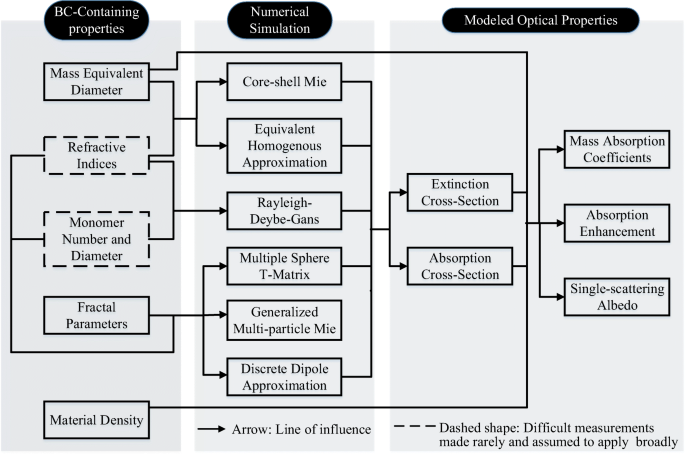
Recent Progress in Impacts of Mixing State on Optical Properties of Black Carbon Aerosol
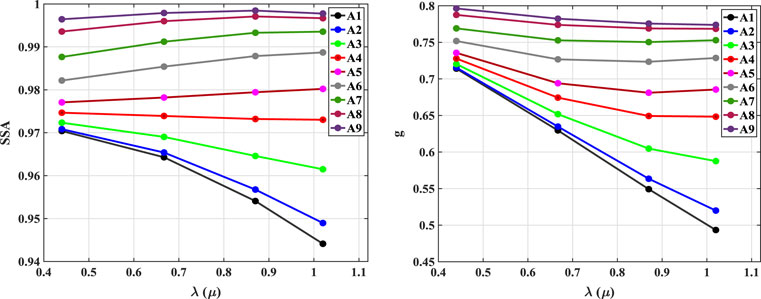
Frontiers Augmenting Heritage Ocean-Color Aerosol Models for Enhanced Remote Sensing of Inland and Nearshore Coastal Waters
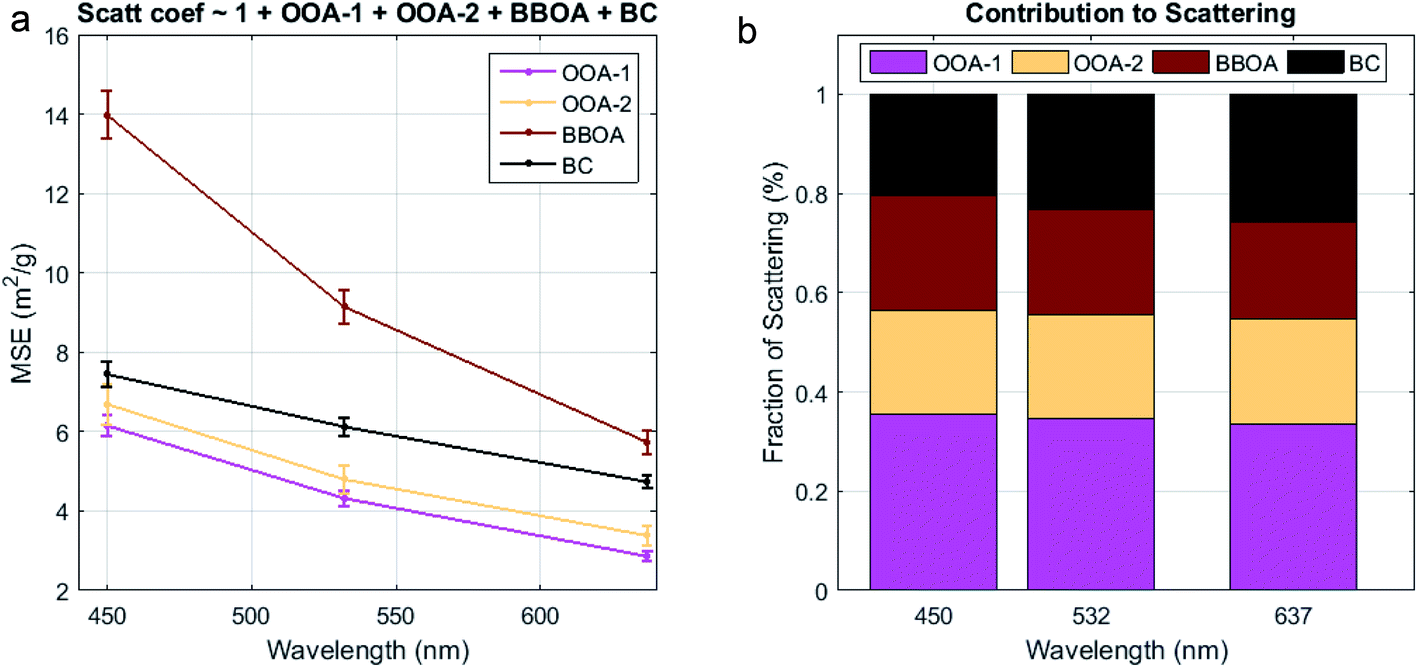
Linking the chemical composition and optical properties of biomass burning aerosols in ia - Environmental Science: Atmospheres (RSC Publishing) DOI:10.1039/D1EA00055A
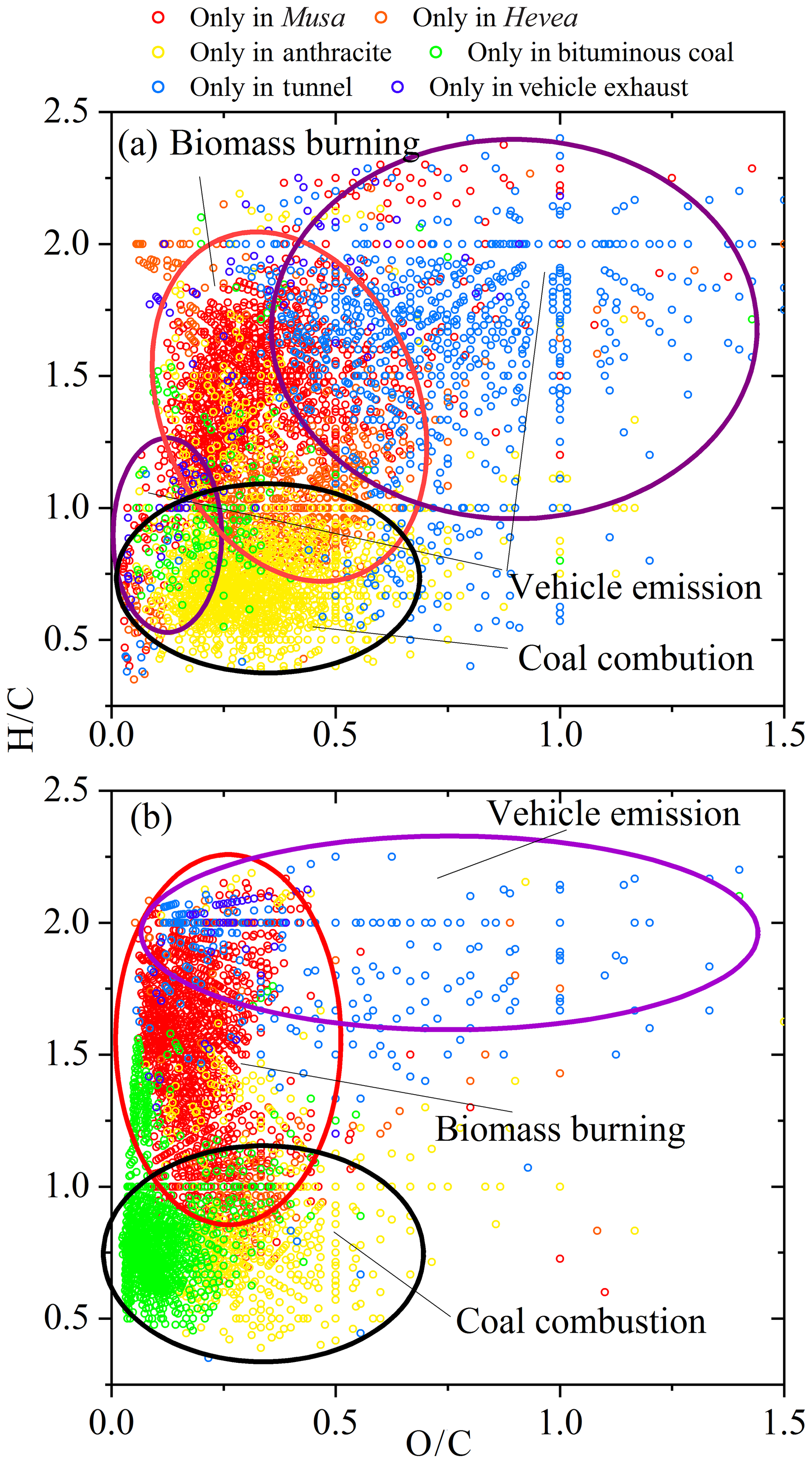
ACP - Molecular compositions and optical properties of dissolved brown carbon in biomass burning, coal combustion, and vehicle emission aerosols illuminated by excitation–emission matrix spectroscopy and Fourier transform ion cyclotron resonance mass
Margaret Tolbert

Chemical Composition and Molecular-Specific Optical Properties of Atmospheric Brown Carbon Associated with Biomass Burning
Recomendado para você
-
 Gastrointestinal Myoelectrical Activity in Idiopathic Intestinal Pseudo-Obstruction07 novembro 2024
Gastrointestinal Myoelectrical Activity in Idiopathic Intestinal Pseudo-Obstruction07 novembro 2024 -
 Americas Sickest Home Videos (DVD, 2011) for sale online07 novembro 2024
Americas Sickest Home Videos (DVD, 2011) for sale online07 novembro 2024 -
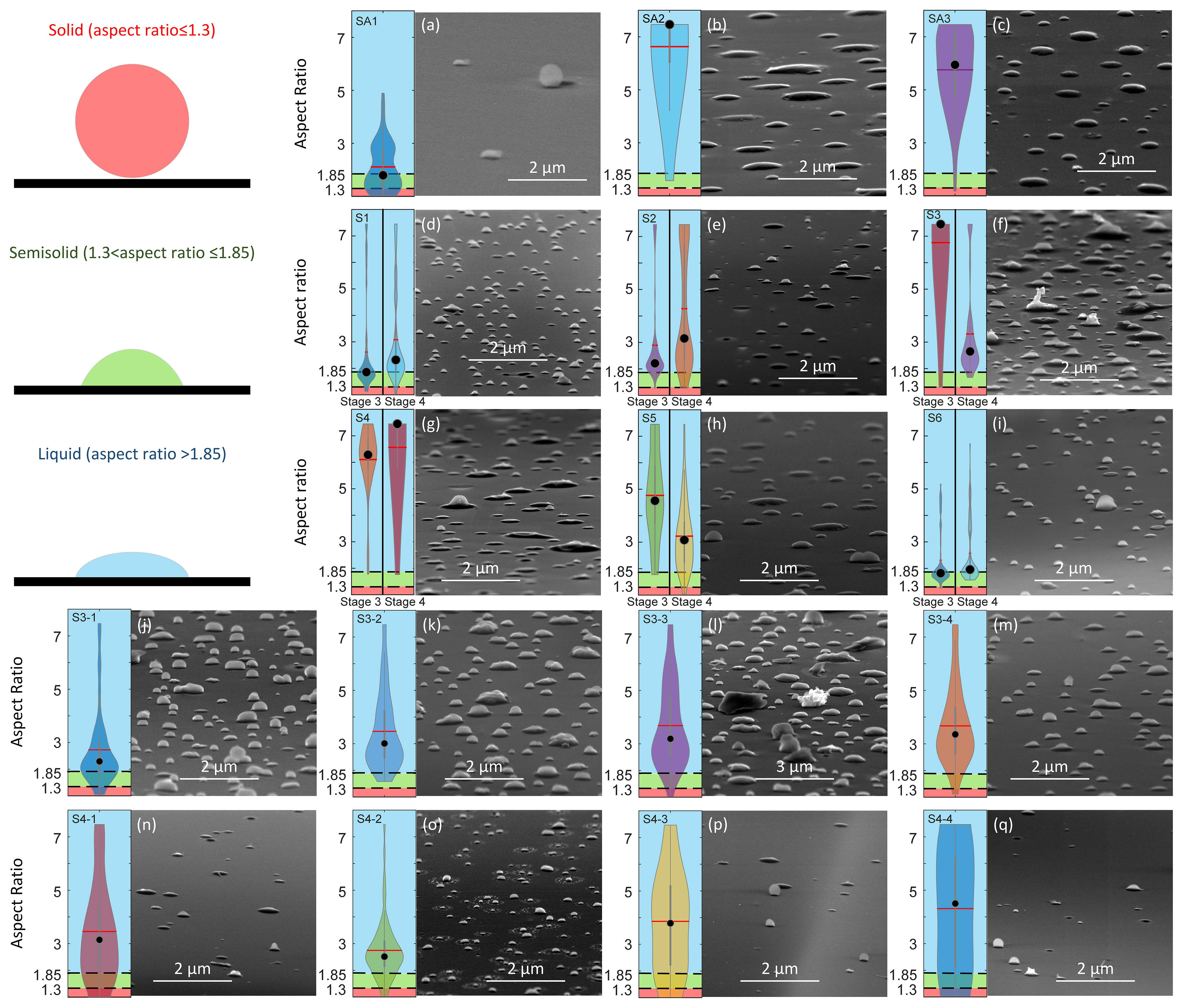 ACP - Particle phase-state variability in the North Atlantic free troposphere during summertime is determined by atmospheric transport patterns and sources07 novembro 2024
ACP - Particle phase-state variability in the North Atlantic free troposphere during summertime is determined by atmospheric transport patterns and sources07 novembro 2024 -
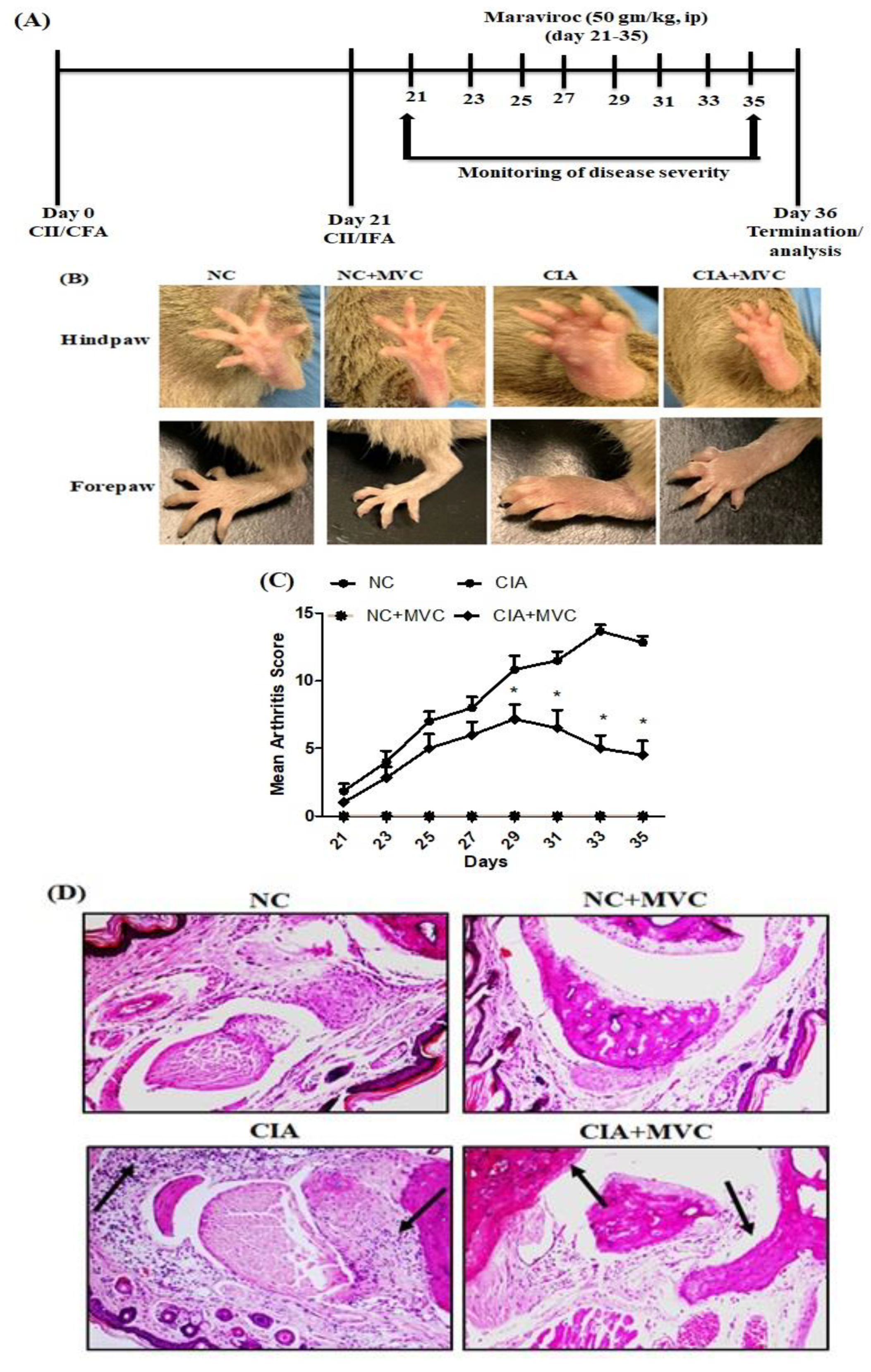 Molecules, Free Full-Text07 novembro 2024
Molecules, Free Full-Text07 novembro 2024 -
 Aerosol Mixing State: Measurements, Modeling, and Impacts - Riemer - 2019 - Reviews of Geophysics - Wiley Online Library07 novembro 2024
Aerosol Mixing State: Measurements, Modeling, and Impacts - Riemer - 2019 - Reviews of Geophysics - Wiley Online Library07 novembro 2024 -
 Temporal Relationships Between Circulating Levels of CC and CXC Chemokines and Developing Atherosclerosis in Apolipoprotein E*3 Leiden Mice07 novembro 2024
Temporal Relationships Between Circulating Levels of CC and CXC Chemokines and Developing Atherosclerosis in Apolipoprotein E*3 Leiden Mice07 novembro 2024 -
![Exploring the role of monocyte chemoattractant protein-1 in fibroblast-like synovial cells in rheumatoid arthritis [PeerJ]](https://dfzljdn9uc3pi.cloudfront.net/2021/11973/1/fig-5-full.png) Exploring the role of monocyte chemoattractant protein-1 in fibroblast-like synovial cells in rheumatoid arthritis [PeerJ]07 novembro 2024
Exploring the role of monocyte chemoattractant protein-1 in fibroblast-like synovial cells in rheumatoid arthritis [PeerJ]07 novembro 2024 -
Gas-Particle Uptake and Hygroscopic Growth by Organosulfate Particles07 novembro 2024
-
MDPOPE & SCUM41 - FALL INTO DESPAIR07 novembro 2024
-
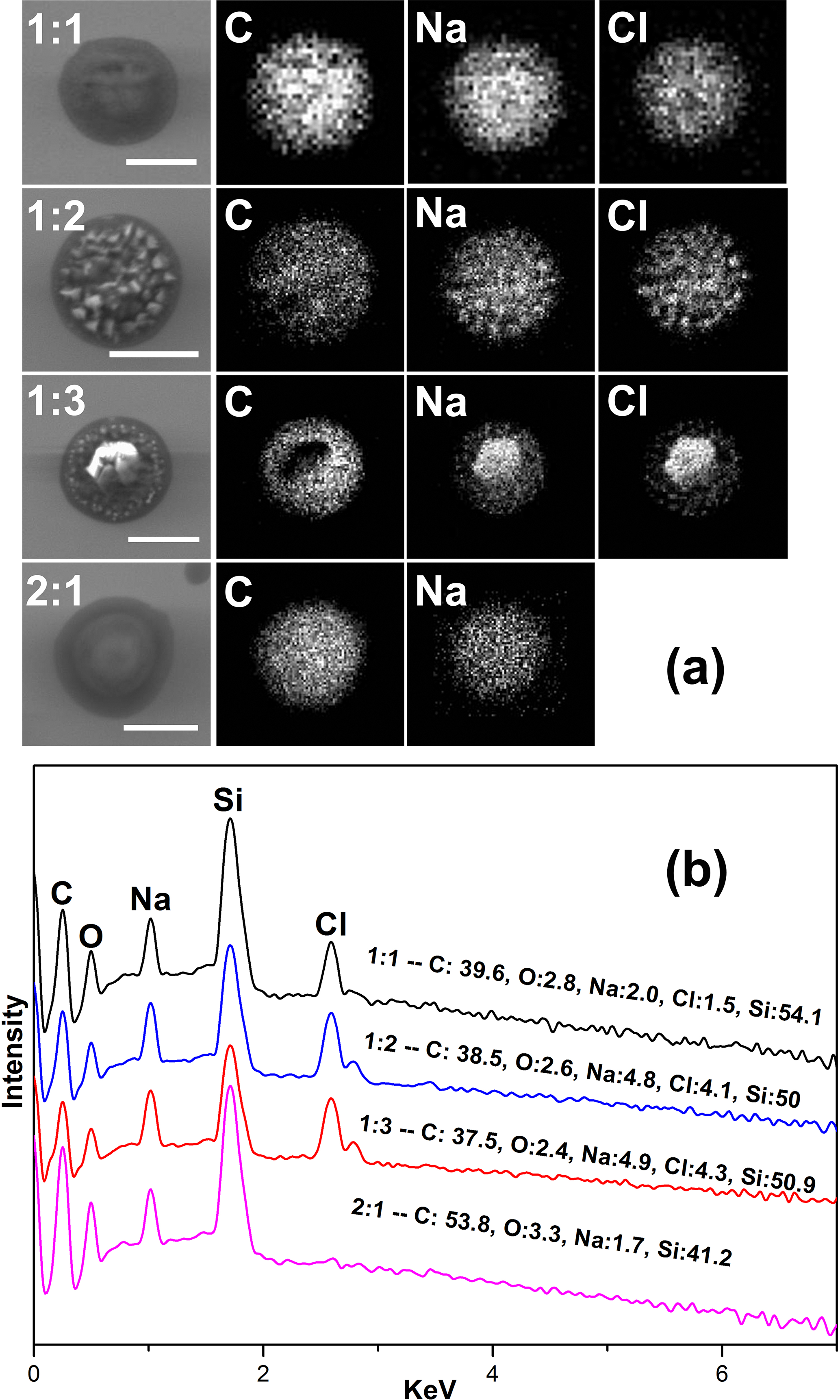 ACP - Hygroscopic behavior of aerosols generated from solutions of 3-methyl-1,2,3-butanetricarboxylic acid, its sodium salts, and its mixtures with NaCl07 novembro 2024
ACP - Hygroscopic behavior of aerosols generated from solutions of 3-methyl-1,2,3-butanetricarboxylic acid, its sodium salts, and its mixtures with NaCl07 novembro 2024
você pode gostar
-
 How to Draw Scared Face Step by Step Guide - Drawing All07 novembro 2024
How to Draw Scared Face Step by Step Guide - Drawing All07 novembro 2024 -
Chutzpah Navi Mumbai (New Mumbai)07 novembro 2024
-
 Yippee Meme TBH Plush Autism Creature Handmade Stuffed - Israel07 novembro 2024
Yippee Meme TBH Plush Autism Creature Handmade Stuffed - Israel07 novembro 2024 -
 Gabby's Dollhouse' Is Coming Back for Season 6 — Catch Our Exclusive Sneak Peek Here07 novembro 2024
Gabby's Dollhouse' Is Coming Back for Season 6 — Catch Our Exclusive Sneak Peek Here07 novembro 2024 -
 Ataque Dos Titãs Vol. 3007 novembro 2024
Ataque Dos Titãs Vol. 3007 novembro 2024 -
Simplifique Frações – Apps no Google Play07 novembro 2024
-
 queen marika the eternal and radagon of the golden order (elden ring) drawn by donar021707 novembro 2024
queen marika the eternal and radagon of the golden order (elden ring) drawn by donar021707 novembro 2024 -
 Zioles Vs rip_indra (Blox Fruits)07 novembro 2024
Zioles Vs rip_indra (Blox Fruits)07 novembro 2024 -
 Blaze and the Monster Machines, Fazendo amigos07 novembro 2024
Blaze and the Monster Machines, Fazendo amigos07 novembro 2024 -
 I created Five Nights at Freddy's but In Real Time : r07 novembro 2024
I created Five Nights at Freddy's but In Real Time : r07 novembro 2024

